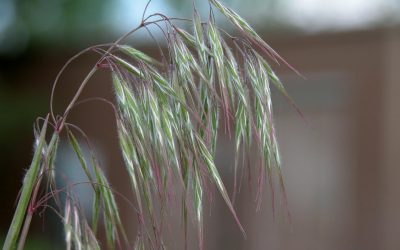Bromus tectorumThis plant is widespread in the state and has been designated a Class C Noxious Weed by the New Mexico Department of Agriculture.Read more...

Wildlife
Invasive plants pose threats to wildlife in a variety of ways. The most common is by reducing the amount and quality of available forage for native animals to eat. Our native wildlife has for time immemorial depended on an abundance of healthy native plant communities. Many invasive species are also toxic to wildlife. Others may be tolerable in relatively small quantities, but do not provide adequate nutrition when consumed as a main part of their diet. Remember, where invasive species thrive, many wildlife species fail to do so.
Pollinators and migratory wildlife (like many species of waterfowl) are particularly threatened by the spread of invasive and noxious weeds. Invasive species reduce the diversity of vegetation in an area. Oftentimes, this results in the loss of crucial nesting, resting, and breeding areas for birds, pollinators, and other animals.
Plants included in this category have been documented to reduce biodiversity and harm native and/or migratory wildlife .

